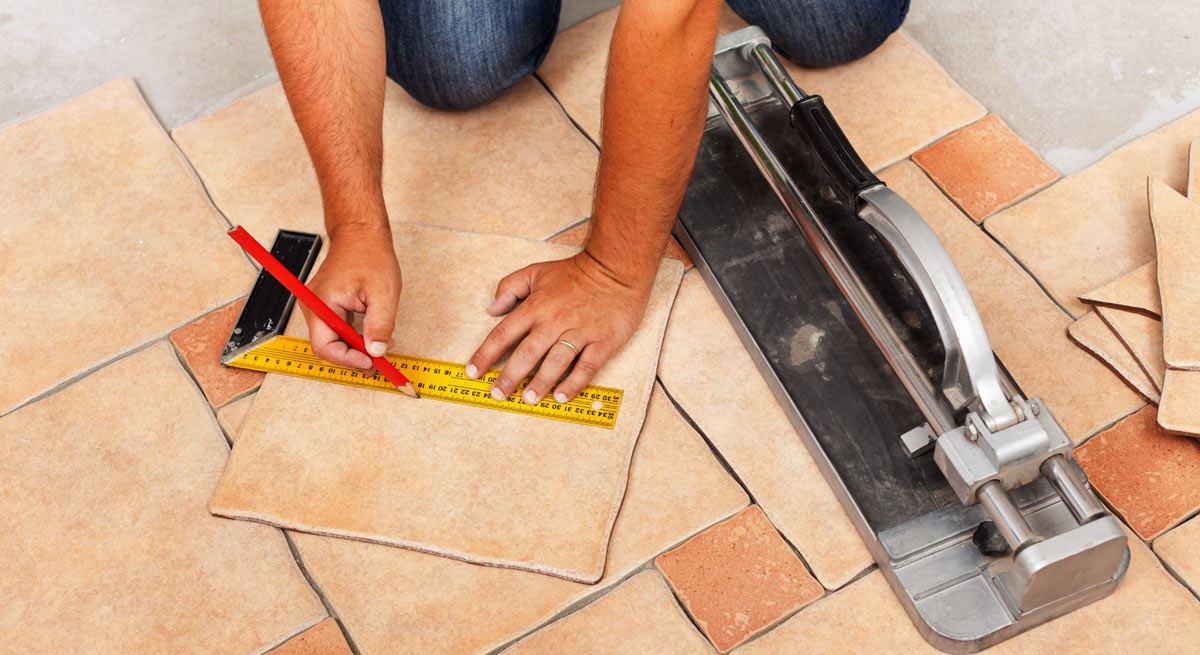Experience Excellence: Premier Tile Installation Austin Services
Experience Excellence: Premier Tile Installation Austin Services
Blog Article
Discover the Secrets to Perfect Tile Setup Each Time
Attaining perfect ceramic tile setup might feel like a complicated job, frequently leading to disappointment and flaws that detract from the overall visual. However, understanding the art of floor tile installment involves a series of specific actions and strategies that, when executed properly, can cause a smooth and polished surface. From surface prep work to grout application, each phase plays a vital function in the final end result of your project. By comprehending the secrets behind each action, you can make sure that your floor tile installation not just satisfies yet surpasses your expectations.
Appropriate Surface Area Preparation
Reliable floor tile installment hinges dramatically on meticulous surface preparation to ensure a flawless outcome. The surface should be tidy, completely dry, and structurally seem to protect against future issues such as loose floor tiles or fractured cement.
To assure proper bond, it is suggested to rough up smooth surface areas with sanding or scarifying. Furthermore, applying a guide can improve bonding in between the ceramic tile and the substrate adhesive. Uneven surfaces ought to be leveled using a self-leveling compound to prevent lippage and ensure a smooth coating.
Additionally, examining for possible resources of dampness is important, as excess wetness can cause mold development and damage the tiles over time. Using a dampness obstacle or waterproofing membrane layer in wet areas like restrooms or kitchens is necessary to safeguard the floor tiles from water damage. By meticulously preparing the surface area prior to ceramic tile setup, one can create a resilient and aesthetically appealing tiled location that will certainly stand the examination of time.

Selecting the Right Adhesive
Selecting the ideal adhesive is a crucial step in ensuring the effective installation of tiles. The kind of glue you choose will rely on numerous variables such as the kind of tile, the substratum material, and the location of the installment. There are different sorts of adhesives offered in the market, consisting of thin-set mortar, mastic, and epoxy.

Epoxy adhesives are extremely sturdy and water-resistant, making them suitable for locations susceptible to moisture such as cooking areas or bathrooms. They are additionally appropriate for installing glass or metal floor tiles. When picking a sticky, make certain to comply with the manufacturer's referrals and take into consideration the particular needs of your ceramic tile installment project.
Precision Cutting Strategies
One of the most typical devices made use of for accuracy cutting in ceramic tile installment is the ceramic tile cutter. Ceramic tile cutters come in various kinds, consisting of manual tile cutters, electrical wet saws, and handheld tile cutters. Hands-on tile cutters are suitable for straight cuts on ceramic and porcelain tiles, supplying precise and clean edges.
In addition, using tools like tile scribes or glass cutters can assist in racking up and breaking ceramic tiles with precision. By understanding these accuracy reducing methods, tile installers can ensure a specialist coating and an aesthetically attractive outcome in their tile tasks.

Cement Application Tips
When transitioning from precision cutting strategies to grout application in floor tile installment, interest to information and method is vital for accomplishing a flawless finish. Cement serves not only as a practical element that loads the spaces between ceramic tiles yet likewise plays a significant duty in the overall visual of the setup.
As soon as the grout is applied, utilize a moist sponge to clean up the her latest blog tiles, making sure not to eliminate cement from the joints. Adhering to these grout application pointers will result in a skillfully mounted tile surface that improves the elegance of any space.
Finishing Touches and Upkeep
To complete the ceramic tile setup task efficiently, focus to detail throughout the completing touches and normal upkeep is essential. After the cement has dried and the tiles are safely in position, the final steps involve guaranteeing that all edges are properly secured. Applying a top notch sealer around the perimeter of the tiled area helps prevent water damages and prolongs the life of the installment. Furthermore, looking for any loosened floor tiles or cement and addressing them without delay can prevent much more substantial problems down the line.
Normal upkeep is key to protecting the charm and capability of your tiled surfaces. An easy regimen of sweeping or vacuuming followed by wiping with a gentle cleanser can aid maintain your tiles looking pristine (tile installation austin). For locations that this content are frequently subjected to wetness, such as restrooms or cooking areas, normal resealing of grout lines is suggested to avoid mold and mildew and mildew growth
Conclusion
Finally, attaining best tile installment every single time requires attention to detail and appropriate strategies. By focusing on surface prep work, selecting the right adhesive, making use of precision cutting approaches, using cement very carefully, webpage and completed with attention to detail, you can make sure a professional-looking result. Keep in mind to adhere to these actions and maintain your floor tiles consistently to prolong their lifespan and keep them looking their ideal.
One of the most common tools made use of for accuracy cutting in floor tile installment is the tile cutter. Tile cutters come in different kinds, consisting of hand-operated floor tile cutters, electrical damp saws, and handheld tile cutters. Manual tile cutters are suitable for straight cuts on ceramic and porcelain floor tiles, offering tidy and precise edges. Furthermore, making use of devices like ceramic tile scribes or glass cutters can help in racking up and snapping ceramic tiles with accuracy. By grasping these accuracy cutting methods, ceramic tile installers can make sure a specialist coating and a visually enticing outcome in their ceramic tile projects.
Report this page